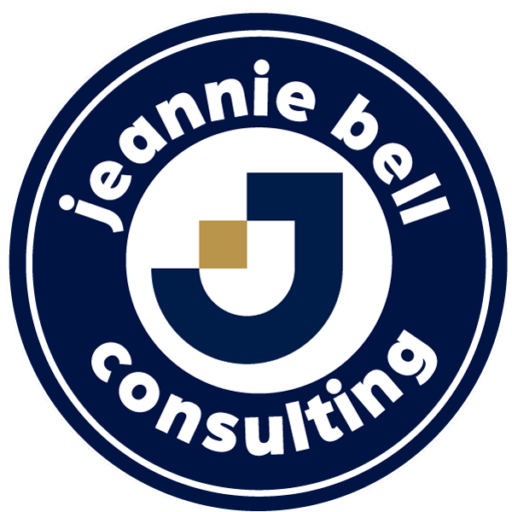This Is Why You Should
Today’s customers expect highly personalized emails that are relevant, that focus on real-time experiences, or they can easily move on to your competitor. You have precious little time to capture their attention.
“Batch and blast” — the email-marketing approach used for so many years — is no longer productive and is proven to have diminishing returns. You can send an email blast to make your end of the month revenue goals, but you can lose a lot of customers who may unsubscribe. To acquire and nurture new customers, email marketing must acknowledge the full customer experience and become a more strategic part of the marketing mix.
So, is there a better way? How can your company begin evolving its process to ensure email remains a high value marketing channel without driving away customers through unsubscribes? Here are several ideas you can use.
The Right Welcome Is Important
When a new customer signs up to receive your emails, they’re expressing interest in your brand. Use a welcome series to capitalize on their intrigue and keep them warm. It is crucial, however, that you always remember — you only get one chance to make a good first impression. You can start out on the right path with customers by:
- Defining Your Brand’s Voice: Use terms, language, and phrases that will resonate with your customers and embody your brand. For example, if you are a family brand, welcome the customer to the family.
- Setting Expectations: What type of content will they be receiving and at what frequency?
- Pointing out Other Options: Direct customers to your other channels, brands, and customer service.
- Providing Special Offers: Give customers reasons to stay subscribed and engaged.
- Directing Them to a Preference Center: Collect valuable, explicit data and allow customers to control what types of content they receive and how often.
Businesses that carefully orchestrate this welcome phase have seen increased lifecycle revenue. Research shows that segmented and targeted emails generate 58 percent of all email revenue.
Personalization Rules
Email personalization has gone way beyond inserting a name in the ‘hello’ field, which some customers see as superficial and mostly meaningless. Today’s customers — many of whom use three to five devices in their everyday lives — demand personalization. They expect you to know who they are and what they want.
To create truly meaningful personalization that will engage your customers, you first have to map out your customers’ complete journeys with your brand at every touchpoint and for every channel. Only when you understand the whole customer journey will you be able to create amazing personal experiences.
One way you can go beyond the “insert name” personalization is to message to your customer on a deeper level. Leverage messages, offers, events, and more that speak to your customers’ interests, lifestyles, and values to help convert.
Dates, events, and holidays are other good ways to advance personalization in your email programs. Start with data that you already have; for example, leverage data on loyalty members — such as birthdays and the anniversaries of when they first subscribed to your emails — and offer something exclusive on those dates.
Design Appropriate Reminder Emails
Email reminders for abandoned shopping carts or webpages, unfinished videos, or unused apps can be very powerful, driving 40 – 50 percent open rates and 20 – 25 percent conversion rates. If you don’t remind users about cart abandonment or form drop off, you are leaving money on the table. You need to:
- Understand Cart Abandonment: On average, 10 percent of users abandon carts because they are missing payment information; 33 percent are shopping around for the best price; and 50 percent are concerned about shipping costs.
- Personalize Reminders: Personalized reminders bring a 29-percent increase in open rates and a 41-percent increase in click rates
- Initially, Try a Soft Sell: “Did you find what you were looking for,” or “Hey, did you forget? Was everything okay?”
- Offer Discounts: Although not always necessary on the first reminder, you can consider giving a small discount for finishing the process on a second or third reminder.
Reminders work across all verticals — not just with retail cart abandonment. For example, reminding people to complete downloads of reports or whitepapers.
Context and Timing Are Everything
A key to maturing your email marketing program is to start thinking of how you can change your program’s status quo. Ensure that the content you are sending is relevant and timely. Always send emails with context in mind: is this the right message, at the right time, sent to the right device, and relevant at the time it is opened? If you offer a customer a discount for an abandoned cart, that offer should be good when the email is opened — not timed to expire on your time-frame. Also, your offers should be geographically relevant based on where the email was opened, not necessarily on the customer’s address alone.
The idea is to get started with what you can, learn as much as you can about your customers’ journeys with your brand, and embrace the new world where personalization and experiences rule.
Request a demo or a free consult on how to set your strategy in motion.



